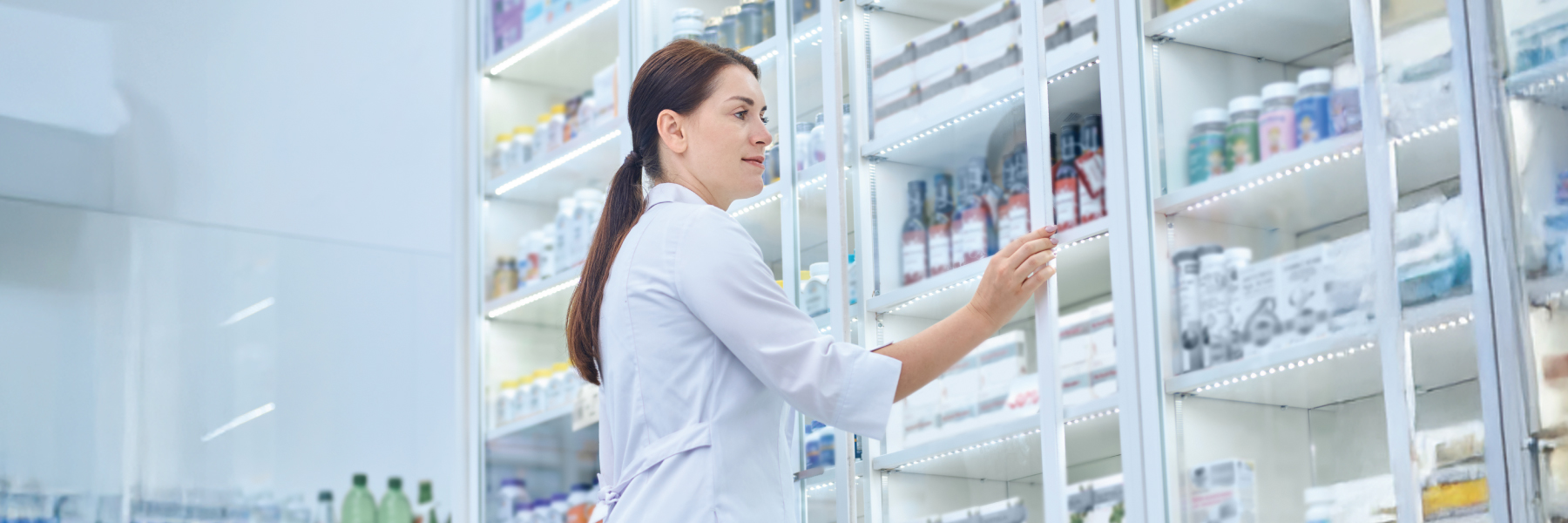5 Reasons Generic Drug Costs Differ Between Pharmacies

Keith Gaetano, PharmD
Director, Pharmacy - Health Plans

Ever wonder why your price for the same medication can be higher at one pharmacy and lower at one across the street? This can happen with generic medicines. Generic medicines are like copies of the more expensive brand-name medicines, but they cost less. Even though the medicine is the same, different pharmacies might charge different prices.
It happens all the time. Same dose, same pill, often from the same manufacturing facility… but far from identical in price.
Like nearly every item available from more than one retailer—in store or online—prices for generic medication will vary depending on where you buy them. Here are five key factors that come into play:
1. Negotiations and Contracts:
Pharmacies can negotiate prices with wholesalers/suppliers and sometimes the drug’s manufacturer as well. These negotiations can result in different purchase prices for the same generic drug, which ultimately affects the final price at the counter.
2. Pharmacy Benefit Managers (PBMs):
PBMs act as intermediaries, negotiating with pharmacies and manufacturers on behalf of insurance companies. Their agreements can significantly affect how much pharmacies are paid when you purchase a prescription using health insurance.
3. Insurance Plan Coverage:
Whether a specific generic medication is on your insurance plan’s formulary (list of covered drugs) is another big factor. Price can also vary depending on which tier (level) it is listed on the formulary—the higher the tier, the lower the copay. If your plan option includes a deductible, you may see a high price for several fills only to see it drop significantly for the next several, regardless of pharmacy.
4. Pharmacy Business Model:
Like any retail business, pharmacies that can buy in bigger volume usually get a lower price per unit from suppliers. In turn, they can charge less to attract more customers. On the other hand, independent or smaller chain pharmacies may participate in discount programs that help to offset the cost. Independent and chain pharmacies may also offer a cash pay (non-insurance) price option.
5. Overhead Costs:
Operating a pharmacy involves expenses, such as rent, staff salaries, and utilities. Pharmacies located in high-rent areas or with higher operational costs may need to charge more to remain profitable. The number of pharmacies in a given location can also greatly affect pricing. In regions where competition is high, pharmacies might lower their prices to attract more customers. In less competitive areas, prices can be higher.
With so many things influencing the cost of a generic drug, how do you know where to find the lowest? If only it were as easy as shopping for a television or toaster! A simple online search won’t produce the same reliable, real-time price comparisons – there are too many variables in determining your true out-of-pocket cost.
Fortunately, it’s not impossible. Tools like RxSS not only simplify pricing research between pharmacies, they factor in the critical insurance variables listed above, including your plan design, PBM, formulary, deductible, and preferred pharmacy networks.
Is your current pharmacy giving you the best price available? Don’t assume generics are all priced the same. Search yours on the RxSS member portal or app and the results may surprise you.
more about rxSS

Here are a few ways you can use RxSS to lower out-of-pocket prescription drug expenses.
1 – See options for lower-cost medications
2 – Receive personalized notifications of savings opportunities
3 – Access personalized assistance from certified pharmacy technicians when you need it

